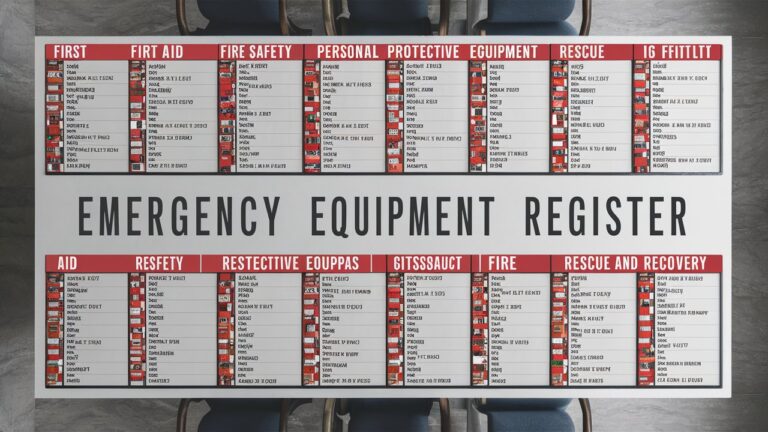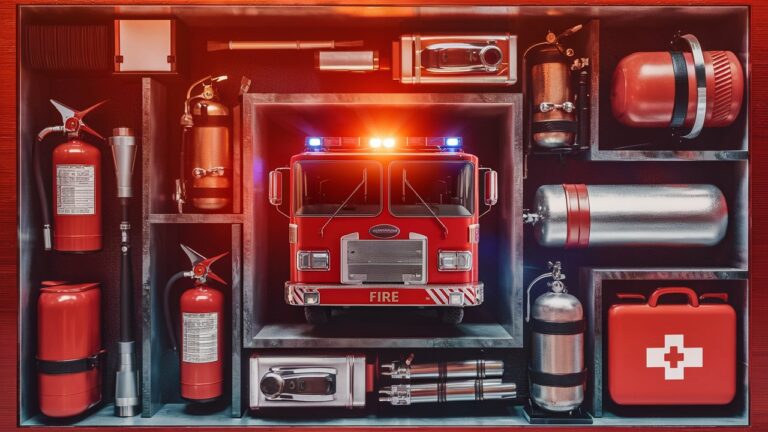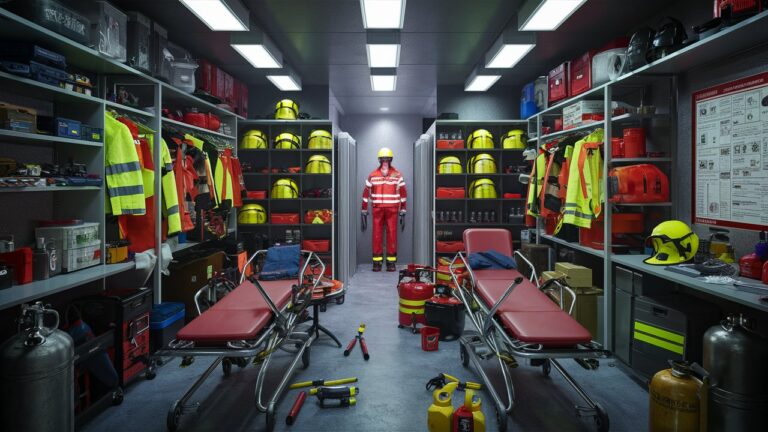Lifesaving Communication in Crisis
Emergencies can strike without warning, and in these critical moments, effective communication can mean the difference between life and death. At the heart of emergency response communication systems lies the indispensable tool: the emergency equipment radio. In this comprehensive guide, we delve into the significance, types, features, and operational aspects of emergency radios, empowering you with the knowledge to navigate crisis situations with confidence.

Importance
When disaster strikes, conventional communication channels may fail, making emergency radios a lifeline for first responders, law enforcement, and civilians alike. These radios facilitate real-time communication, coordination, and decision-making, enabling swift and organized responses to crises such as natural disasters, accidents, or security threats.
Types
Emergency radios come in various forms tailored to specific needs and scenarios. Handheld radios offer portability and versatility, while vehicle-mounted radios ensure continuous communication on the move. Base station radios provide robust communication hubs for command centers, facilitating seamless coordination across multiple teams.
Features
The effectiveness of an emergency radio hinges on its features. Durability ensures reliability in harsh conditions, while extended range capabilities broaden communication reach. Long-lasting battery life guarantees uninterrupted operation during prolonged emergencies, while built-in emergency alerts keep users informed of critical developments.
Choosing the Right One
Selecting the appropriate emergency radio depends on several factors, including intended use, operational environment, and required range. Understanding these considerations is crucial in ensuring that the chosen radio meets the specific needs of the user and the nature of the emergency.
Operating Procedures
Proficiency in operating emergency radios is paramount for effective communication during crises. Familiarity with turn-on sequences, channel selection procedures, and emergency protocols equips users with the skills needed to navigate high-stress situations confidently.
Maintenance
Regular maintenance is essential to keep emergency radios in optimal condition. Routine checks identify potential issues early on, while timely battery replacements and software updates ensure peak performance when it matters most.
Emergency Communication
Effective communication strategies are essential for maximizing the utility of emergency radios. Clear and concise exchanges, active listening, and adherence to established protocols streamline communication channels, minimizing confusion and optimizing response efforts.

Training
Comprehensive training programs are integral to preparing operators for the rigors of emergency communication. Practical exercises, scenario simulations, and proficiency assessments hone operators’ skills, fostering competence and confidence in handling emergency situations.
Regulations
Compliance with Federal Communications Commission (FCC) regulations is non-negotiable when deploying emergency radios. Adherence to frequency allocations, power limits, and licensing requirements ensures legal operation and prevents interference with other radio systems.
Case Studies
Real-life examples illustrate the indispensable role of emergency radios in crisis management. From natural disasters to public safety incidents, these case studies highlight the effectiveness of well-coordinated communication in mitigating risks and saving lives.
Future Trends
As technology continues to evolve, so too do emergency radio systems. Innovations such as enhanced interoperability, satellite connectivity, and AI-driven analytics promise to further improve the efficacy and reliability of emergency communication in the years to come.
Conclusion
In times of crisis, effective communication is not just a convenience but a necessity. Emergency equipment radios serve as the backbone of communication systems, enabling rapid response, coordination, and lifesaving interventions. By understanding their importance, features, and operational considerations, we empower ourselves to face emergencies with resilience and resolve.
FAQs
- How do emergency radios differ from conventional radios? Emergency radios are specifically designed for use in crisis situations, featuring rugged construction, extended battery life, and built-in emergency alert functions not found in conventional radios.
- Can anyone use an emergency radio? While anyone can operate an emergency radio, proper training is essential to ensure effective communication and adherence to established protocols, particularly in high-stress emergency scenarios.
- Are emergency radios legal to use? Yes, emergency radios are legal to use, provided they comply with FCC regulations regarding frequency usage, power output, and licensing requirements.
- What range do emergency radios typically cover? The range of an emergency radio varies depending on factors such as terrain, obstructions, and radio power. However, many models offer communication ranges of several miles or more.
- How often should emergency radios undergo maintenance? Regular maintenance checks are recommended to ensure that emergency radios remain in optimal working condition. This includes routine inspections, battery checks, and software updates as needed.
- Are there waterproof emergency radios available? Yes, many emergency radio models feature waterproof or water-resistant designs, making them suitable for use in wet or inclement weather conditions.





